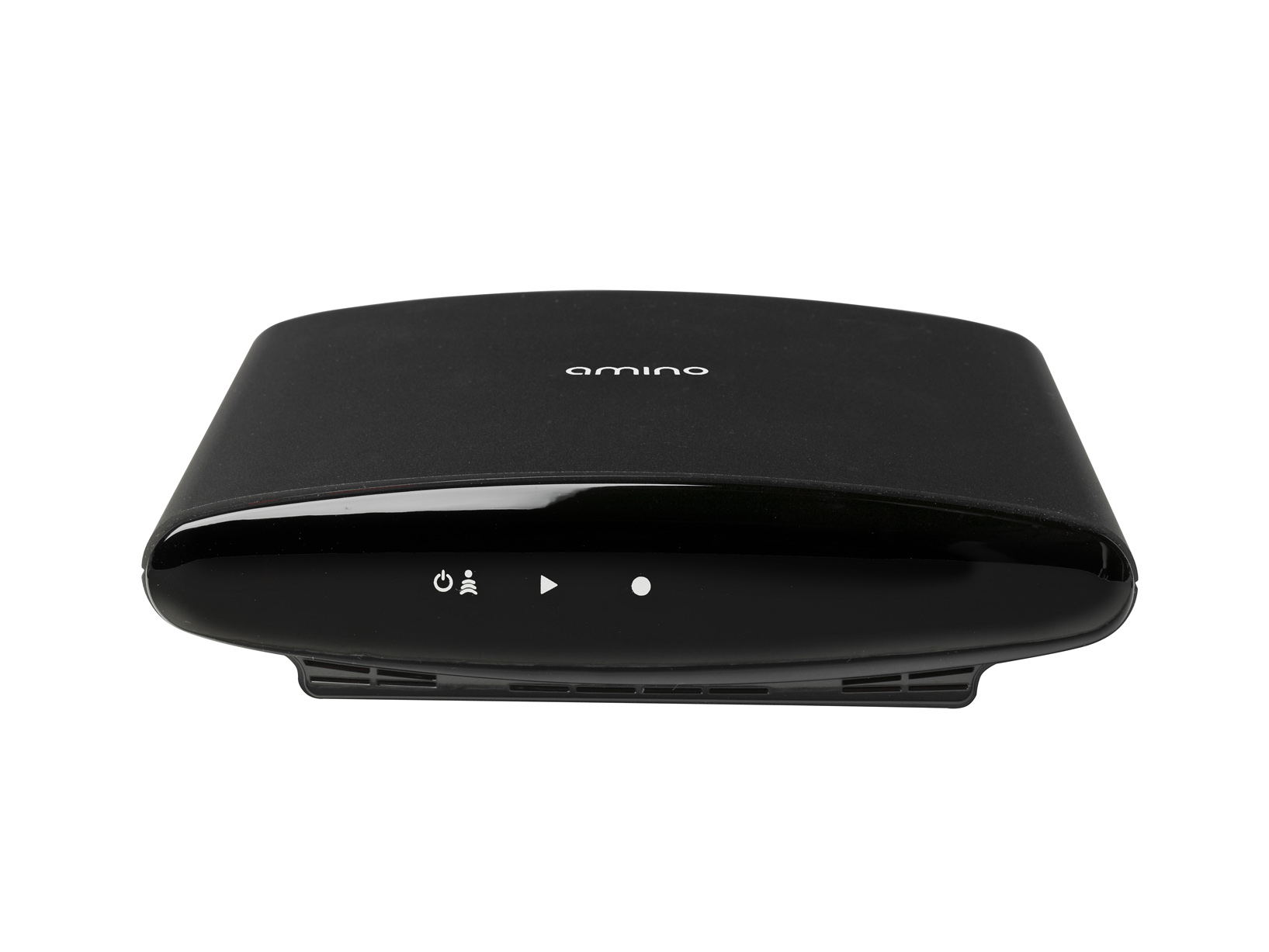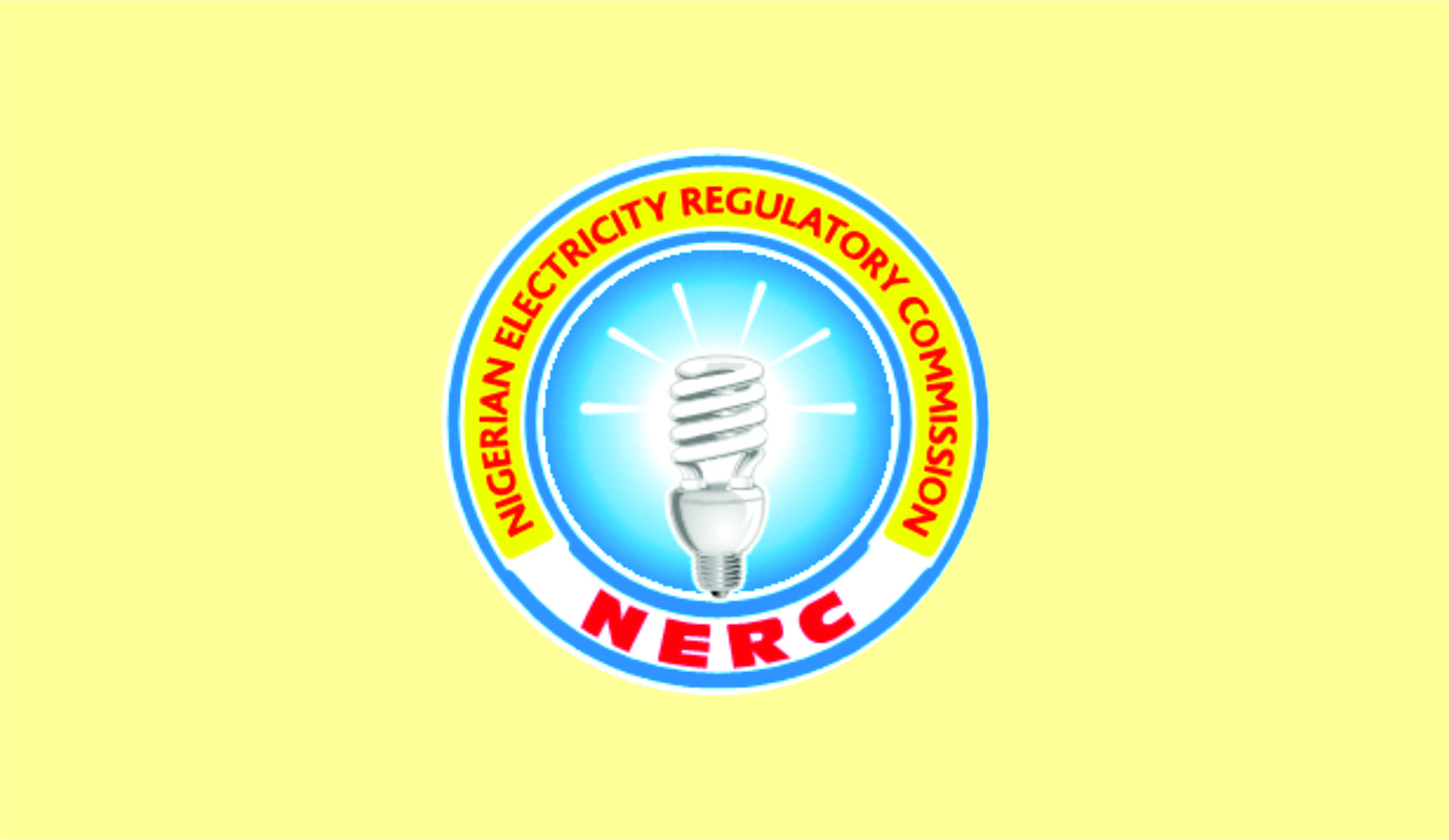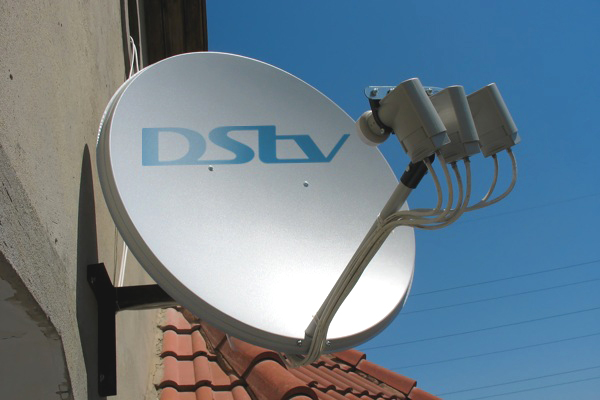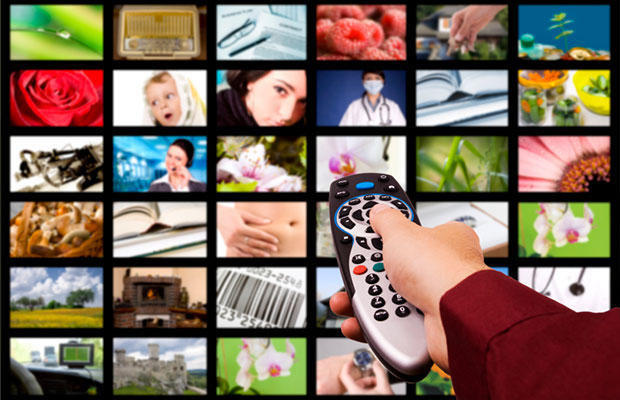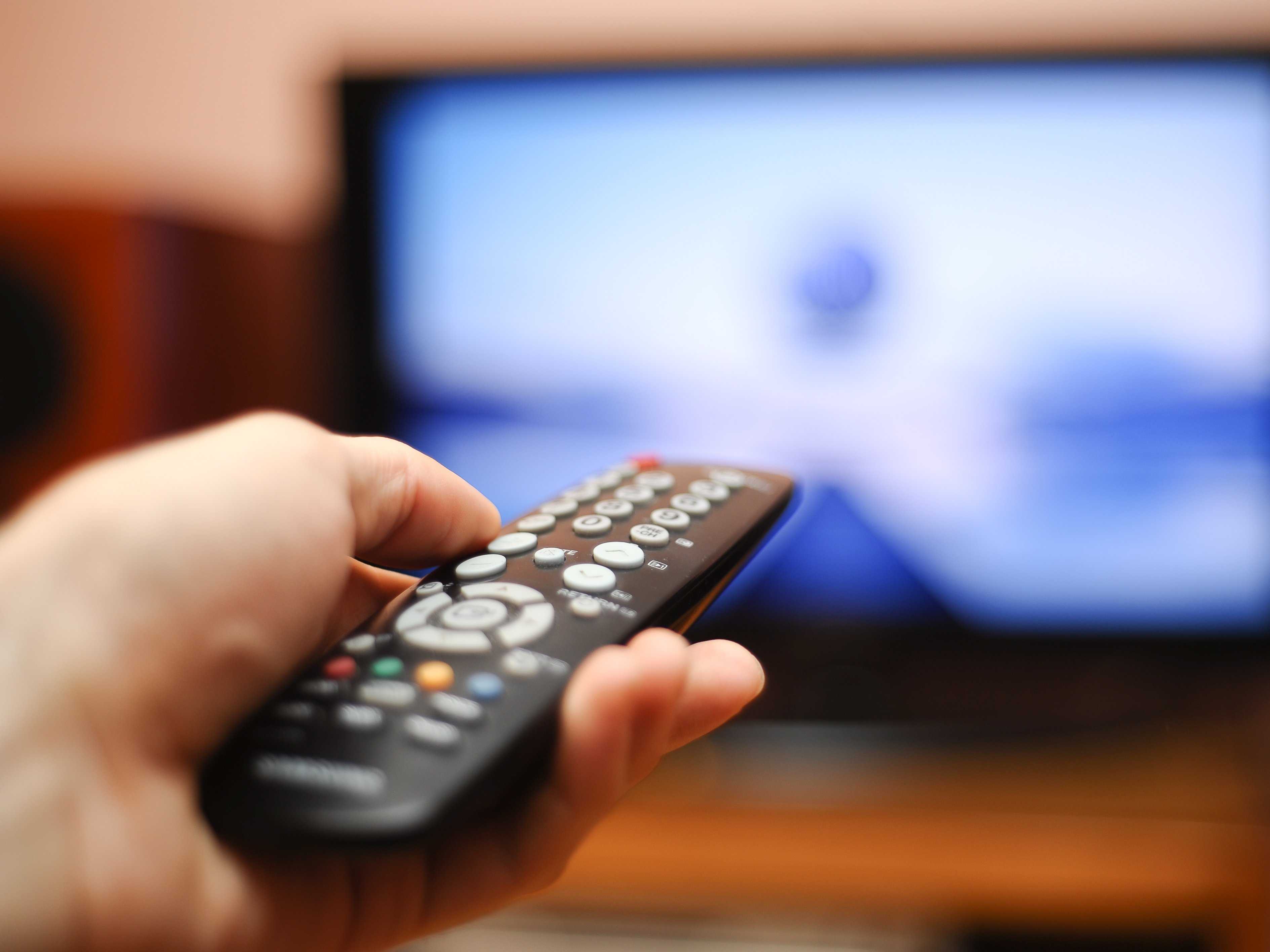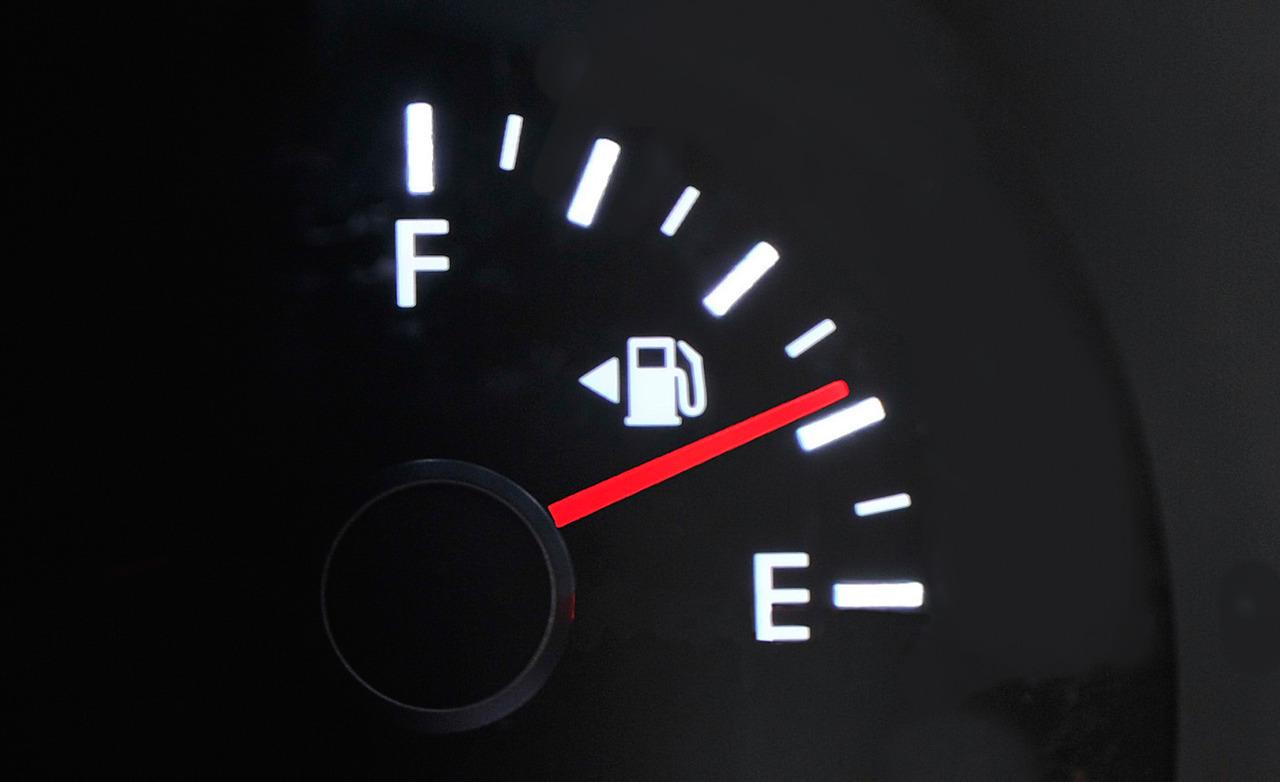Set-Top Box. Chances are that you have heard it mentioned or read about it in digital migration-related discussions or articles and asked: “What about it?” Valid question – if you have ever asked. A set-top box is a device that enables a television set to receive and decode digital television signal. The device turns signal from an external source into audio-visual content that can be watched on a television screen or other display devices.
What this implies, uncomplicatedly, is that digital television signal is not convertible without a Set-Top Box. By extension, it means that when television broadcast finally moves to the digital platform, as envisaged in the global push for digital migration, you will require a Set-Top Box to receive signal on your analogue television set. A number of factors prevented Nigeria from meeting the digital deadline date of 15 June, 2015, but a new date has been set for June 2017.
The new date is when the analogue shutdown (or switch off as we called it in the previous parts of this article) will take place, leaving us with a new dawn marked by the digital switchover. The transition to digital terrestrial broadcast will, thus, leave television sets unable to tune and display new signal directly.
One of the potential benefits of digital migration is the creation of more employment opportunities. With Set-Top Boxes required to access television signal after the analogue shutdown, it is a certainty that there will be investments in either the importation, at first, of the devices and later, local production. With Nigeria’s huge television-watching population, such investments, particularly in local production, will yield enormous dividends for investors and a huge number of jobs, something the country really needs.
Digital transition or migration (take your pick) entails the shift from broadcasting on the analogue platform (as is currently done) to the digital platform. Digital broadcast uses the DVB-T2, a second generation technology, while analogue use DVB-T. To continue watching television after the analogue shutdown, you will have to acquire a Set-Top Box compatible with DVB-T2. For those who do not use pay-TV, a one-off purchase of a Free-To-Air Set-Top Box is the way to go. For pay-TV subscribers, an Integrated Digital TV set or a pay-TV Set-Top Box is it. Free-To-Air channels will remain free after the transition, but will remain accessible only with the aid of a Set-Top Box. Conditional access TV or pay-TV will still require subscribers to pay for channels on such platform – in addition to having a DVB-T2 compatible Set-Top Box.
Digital broadcast delivers more channels, better audio-visual quality and more efficient use of spectrum, made possible by the freeing up of more spectrum space for usable by communication operators for better wireless broadband services.
